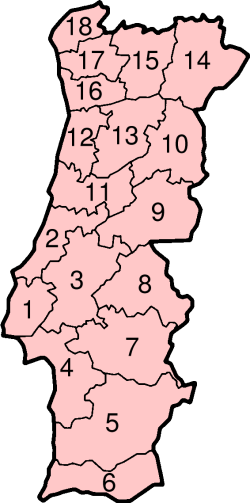
Demographic features of the population of Portugal include population density, ethnicity, education level, health of the populace, economic status, religious affiliations and other aspects of the population.

The Instituto Nacional de Estatística or INE is the government office for national statistics of Portugal. In the English language it is also branded as Statistics Portugal.
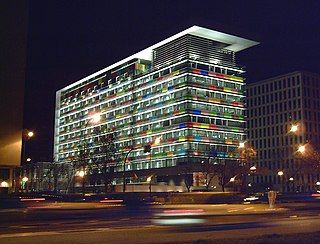
The Instituto Nacional de Estadística is the official agency in Spain that collects statistics about demography, economy, and Spanish society. It is an autonomous organization responsible for overall coordination of statistical services of the General State Administration in monitoring, control and supervision of technical procedures. Every 10 years, this organization conducts a national census. The last census took place in 2011. Through the official website one can follow all the updates of different fields of study.
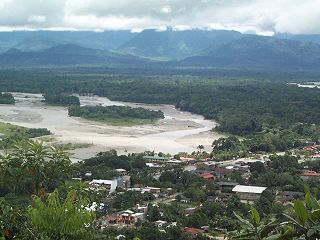
Villa Tunari or Tunari is a location in the department of Cochabamba, Bolivia. It is the seat of the Villa Tunari Municipality, the third municipal section of the Chapare Province. According to the census 2012 the population was 3,213 in the town which is an increment from 2,510 registered during the 2001 census.
Yeles is a municipality located in the province of Toledo, Castile-La Mancha, Spain. According to the 2021 census (INE), the municipality has a population of 5,779 inhabitants.

Ledigos is a municipality located in the province of Palencia, Castile and León, Spain. According to the 2021 census (INE), the municipality has a population of 66 inhabitants.

Zuñeda is a municipality located in the province of Burgos, Castile and León, Spain. According to the 2021 census (INE), the municipality has a population of 56 inhabitants.
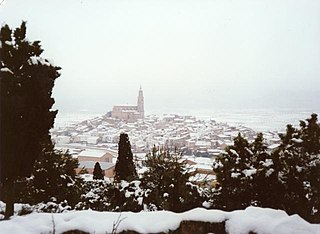
Alloza is a municipality located in the province of Teruel, Aragon, Spain. According to the 2021 census (INE), the municipality has a population of 577 inhabitants.

Castroverde de Campos is a municipality located in the province of Zamora, Castile and León, Spain. According to the 2021 census (INE), the municipality has a population of 272 inhabitants.

Gallegos del Río is a municipality located in the province of Zamora, Castile and León, Spain. According to the 2009 census (INE), the municipality has a population of 663 inhabitants.
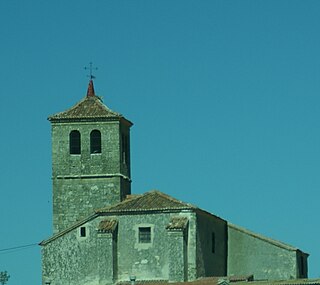
Roda de Eresma is a municipality located in the province of Segovia, Castile and León, Spain. According to the 2021 census (INE), the municipality has a population of 201 inhabitants.

Trescasas is a municipality located in the province of Segovia, Castile and León, Spain. According to the 2022 census (INE), the municipality has a population of 1090 inhabitants.
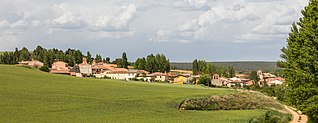
Torreblacos is a municipality located in the province of Soria, Castile and León, Spain. According to the 2021 census (INE), the municipality had a population of 26 inhabitants.

Spaniards in France are people from Spain residing in France and their descendants. They may be French citizens or non-citizen immigrants or expatriates.

Otero de Sanabria is a village located in Sanabria, province of Zamora, Castile and León, Spain. According to the 2020 census (INE), the village had a population of 24 inhabitants.

Navianos de Alba is a village located in the province of Zamora, Castile and León, Spain. According to the 2020 census (INE), the village had a population of 18 inhabitants. The postal code of the place is 49146.
